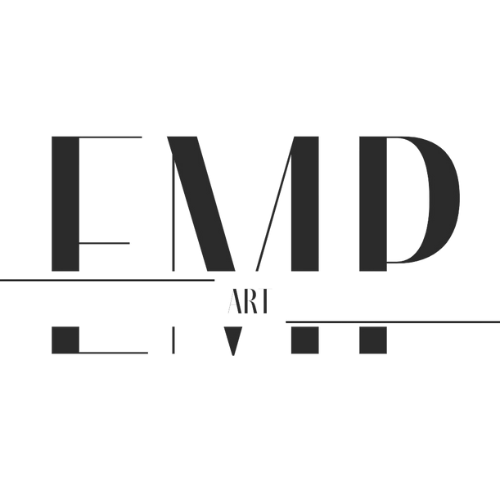Abstract Art and Mental Health: A Therapeutic Approach
In the intersection of art and well-being, abstract art holds a unique place. This blog post explores the therapeutic benefits of both creating and viewing abstract art. For many, engaging with abstract art can be a powerful tool for mental health, offering pathways to self-expression, emotional release, and personal insight. As we delve into this topic, we'll uncover how abstract art can be both a refuge and a catalyst for personal growth and mental well-being.
The Healing Power of Creating Abstract Art
Expressive Freedom and Emotional Release
Creating abstract art offers a form of emotional catharsis, providing a safe space for artists to express feelings that might be hard to articulate in words.
Benefits of Art Creation
Stress Reduction: The act of painting or sculpting can be a meditative process, helping to alleviate stress and promote a state of mindfulness.
Emotional Expression: Abstract art allows for the expression of complex emotions, from joy to sorrow, in a non-verbal but deeply impactful way.
Boosting Self-Esteem: The process of creating art can enhance a sense of personal achievement and self-worth.
The Psychological Effects of Viewing Abstract Art
Interpretation and Personal Reflection
Viewing abstract art can also have therapeutic benefits, as it engages viewers in a process of interpretation and personal reflection.
Impact on Viewers
Cognitive Stimulation: Trying to interpret abstract art can stimulate cognitive processes, encouraging creative thinking and problem-solving.
Emotional Resonance: Abstract art often evokes emotional responses, providing viewers with a mirror for their own feelings and experiences.
Aesthetic Pleasure: Simply enjoying the beauty of abstract art can have a calming effect, enhancing overall well-being.
Abstract Art as a Tool for Therapy
Art Therapy and Mental Health
Art therapy, which often includes working with abstract art, is increasingly recognized as an effective tool for mental health treatment.
Art Therapy Techniques
Free Expression: Clients are encouraged to create art that reflects their thoughts and emotions, fostering a sense of freedom and personal exploration.
Interpretation and Discussion: Therapists often discuss the created artwork with clients, helping them to uncover underlying thoughts or feelings.
Group Sessions: Creating or viewing art in a group setting can foster a sense of community and shared experience, which is beneficial for social health.
Abstract Art in Everyday Life
Integrating Art for Wellness
Incorporating abstract art into everyday life, whether through creation or appreciation, can be a simple yet powerful way to enhance mental health and well-being.
Practical Tips
Creating Art at Home: Set aside a space for art-making, even if it’s just with simple materials like paper and pencils.
Artwork in Living Spaces: Display abstract art in your home or office to create an environment that inspires and soothes.
Visiting Galleries and Exhibitions: Regularly visiting places that showcase abstract art can provide ongoing inspiration and a sense of connection to the broader art community.
EMP: Promoting Wellness Through Abstract Art
Denver-based abstract artist EMP embodies the connection between art and mental health. Through their array of abstract works, EMP offers viewers and fellow artists alike a means to explore and express complex emotions. EMP’s work is not just visually striking; it’s a testament to the power of abstract art as a tool for emotional and mental well-being.
Discover the therapeutic world of EMP’s abstract art. Visit EMP Art to explore how this emerging Denver artist uses color, form, and texture to create spaces for reflection, expression, and healing.
